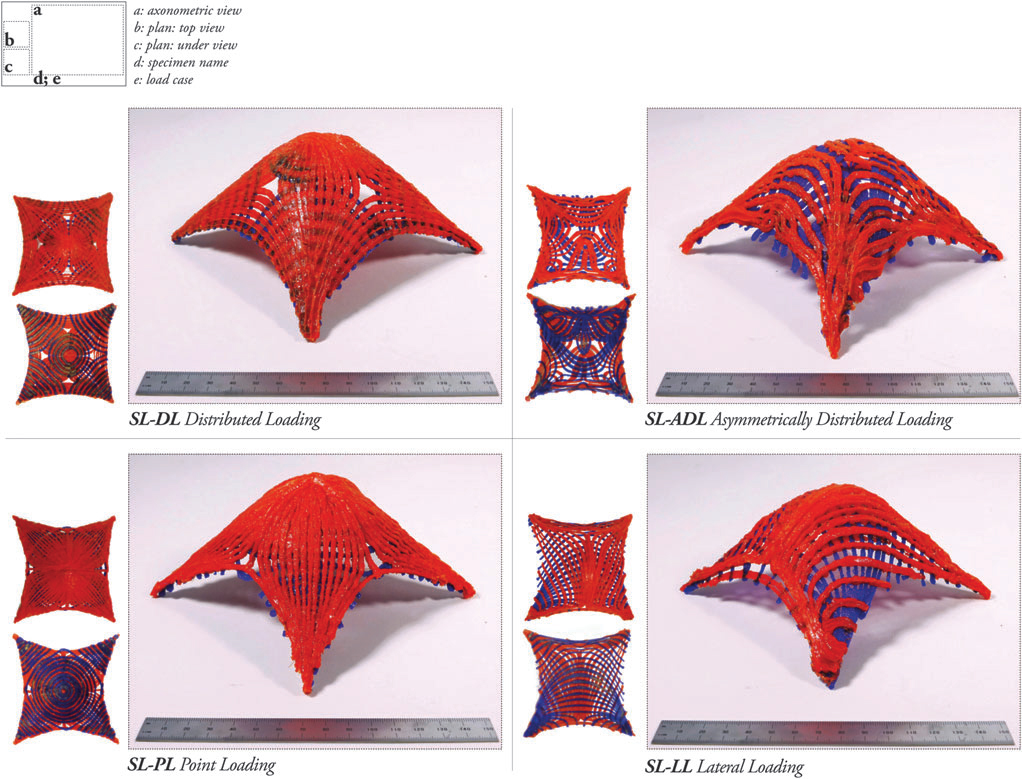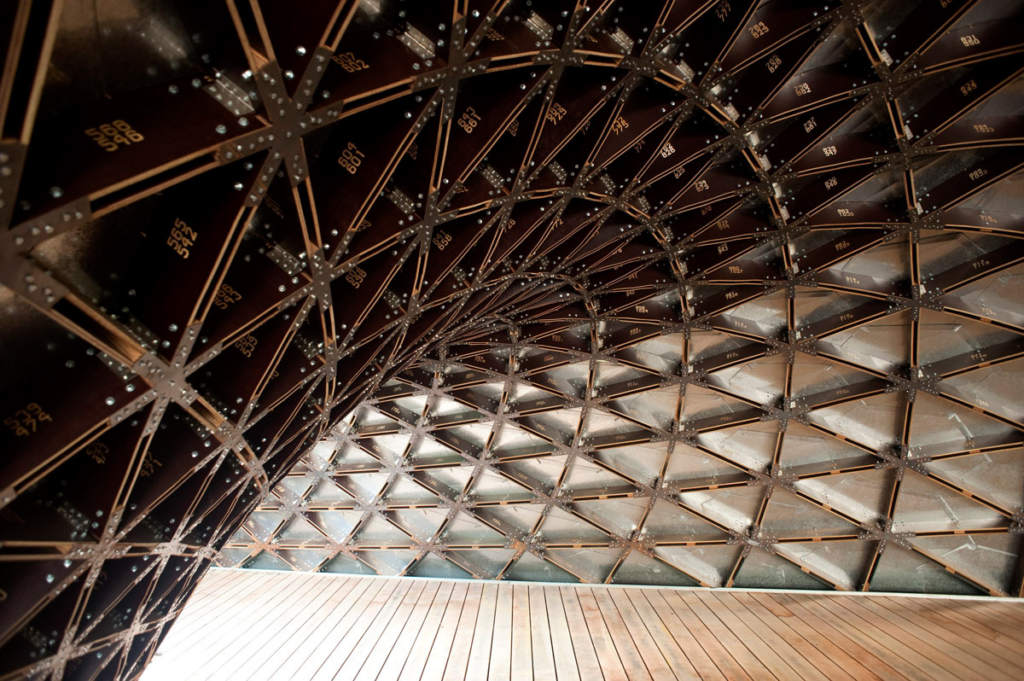Architectural 3D printing holds the potential to build houses in remote locations where materials and labour would otherwise be in short supply.
Projects such as Terra Performa and On Site Robotics from the Institute for Advanced Architecture of Catalonia (IAAC) are working to discover ways to 3D print with clay, creating inexpensive, eco-friendly and practical buildings for people.
Russia’s Apis Cor also announced the successful 3D printing of a house in a day, and Neri Oxman’s team at the Massachusetts Institute of Technology (MIT) is using foam to bring construction time down to just 14 hours.
A buzzing hub of activity in the industry, another concept for architectural 3D printing has arrived aiming to construct free-form buildings in real-time.

SLAM architecture
Stress Line Additive Manufacturing (SLAM) is an architectural 3D printing concept out of MIT. It challenges the typical FDM approach to construction, accounting for structural stresses caused by the act of depositing material layer-by-layer.
In a study published in the journal 3D Printing and Additive Manufacturing, the shapes made for this purpose are gridshell structures. Dome-like in shape, the structures derive strength from curving lines arranged in a grid. In architecture, gridshells have been used to make enclosures and ceilings since the 1800s when they were first pioneered by Russian architect Vladimir Shukhov.

Proof of concept
To better understand the way a 3D printed material responds to pressure, researchers design four different gridshell shapes to determine how the spacing and orientation of curves can help support weight.
To prove the concept each shape is printed over a curved wooden surface using a KUKA robotic arm.

Mechanical tests prove that the gridshell shapes are a viable option for free-standing, weight-supporting structures.
Intelligent 3D printing with robots
In further development, the researchers will apply further architectural theory to the designs and make solid filled objects. They also hope to be able to integrate sensors into the system so the robotic arm intelligently adapts the design as it prints.
Kam-Ming Mark Tam and Caitlin T. Mueller of the School of Architecture and Planning at MIT are behind the SLAM study. Their plan is to eventually eradicate the need for support when 3D printing with a robotic arm, opening up the method to free-form and flexible structures.
To stay updated with all the latest 3D printing news and research, subscribe to the most widely read newsletter in the 3D printing industry, follow us on twitter and like us on Facebook.
Featured image: A self-supporting gridshell structure 3D printed by a KUKA robotic arm. Photo via Digital Structures/MIT



